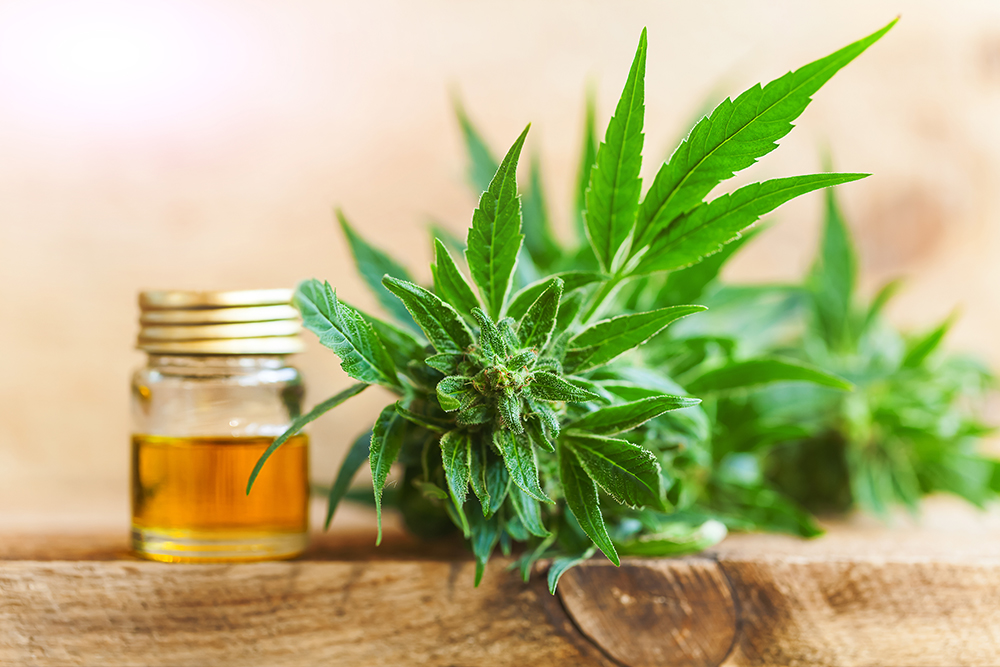Analyzing Differences Between Marijuana and CBD Consumers
Over half (59%) of Americans are in favor of the legalization of cannabis. In fact, cannabis consumption has grown 38% since 2018, from 16% to 22% of the total US population. As cannabis usage rises and acceptance levels increase among American consumers, negative stereotypes associated with the drug are quickly dissipating. The positive effects that come from cannabis products are starting to outweigh any negative perceptions one might have, especially with the emergence of CBD products in the marketplace, following legalization in 2018.
While over a third of cannabis consumers are open to both marijuana and CBD products, 64% have a clear preference. Among cannabis consumers, 42% use marijuana only, and 22% use only CBD.
With that said, marketers must wonder – Is there a fundamental difference between those who use marijuana vs. those who use CBD? This blog post will explore the two groups.
Definitions
In our research, we define Marijuana consumers as those who consume cannabis with THC that has the psycho-active effect or high. Conversely, the CBD consumer is one who consumes cannabis with low or no THC, with no psycho-active effect or high. When looking at these Cannabis consumers, our research shows that 42% consume marijuana only, 36% consume both Marijuana and CBD, and 22% consumer only CBD.
Demographics: Marijuana vs. CBD Consumers
Marijuana and CBD users have more similarities than differences when it comes to their demographic makeup. Almost half of both groups are between 18 and 34 years old. While mostly white, they are more likely than the typical adult to be black and/or Hispanic. Both groups are gainfully employed with average household incomes. The main (and slight) differences lay in gender, marital status and education; CBD consumers skew toward married females and are more educated than marijuana consumers.
Marijuana vs. CBD consumers – Desired Feelings & Effects
Both marijuana and CBD users have an appetite for the positive effects of cannabis, especially when it comes to feeling relaxed, calm, meditative and focused. However, there is one key difference worth noting – marijuana users outpace CBD users when it comes to their basic desire to simply feel things – they want all the enhanced feelings they can get from the drug – the more the better. These sought after feelings run the gamut from being more social and energized to confidence-boosting and sexual desire.
When looking at the functional benefits of cannabis usage, stress, anxiety and pain reduction/relief are most desired among both groups. However, this time it’s CBD consumers who want more. CBD consumers have a higher likelihood to use cannabis to alleviate symptoms associated with physiological ailments, rather than those that may be deemed non-essential or recreational in nature. Examples include helping with insomnia, depression and nausea, as well as being used frequently for anti-inflammatory properties.
These differences in desires are also reflected through the activities they engage in while consuming cannabis. CBD consumers are more likely to want to sleep, live without pain, read and meditate, while marijuana consumers are more likely to watch TV/movies, listen to music, socialize, eat and have sex. All other recreational activities are enjoyed relatively equally.
The bottom line: When it comes to desired feelings and physical/mental effects, the difference between marijuana and CBD is two-fold. Marijuana tends to be used to enhance/boost positive feelings while CBD is more readily used to diminish/dull negative feelings associated with physical and mental ailments.
For more Cannabis insights, download our Insight into Cannabis Consumers 2019 report today.



